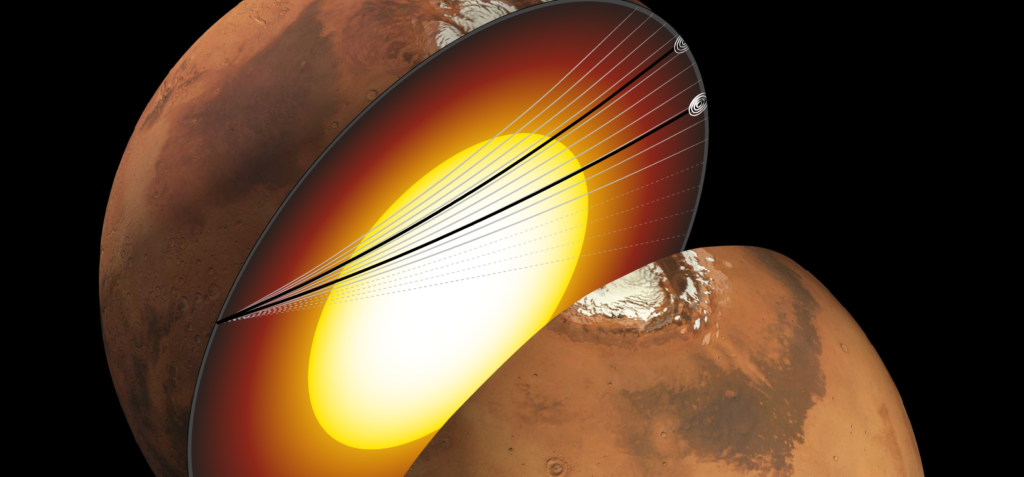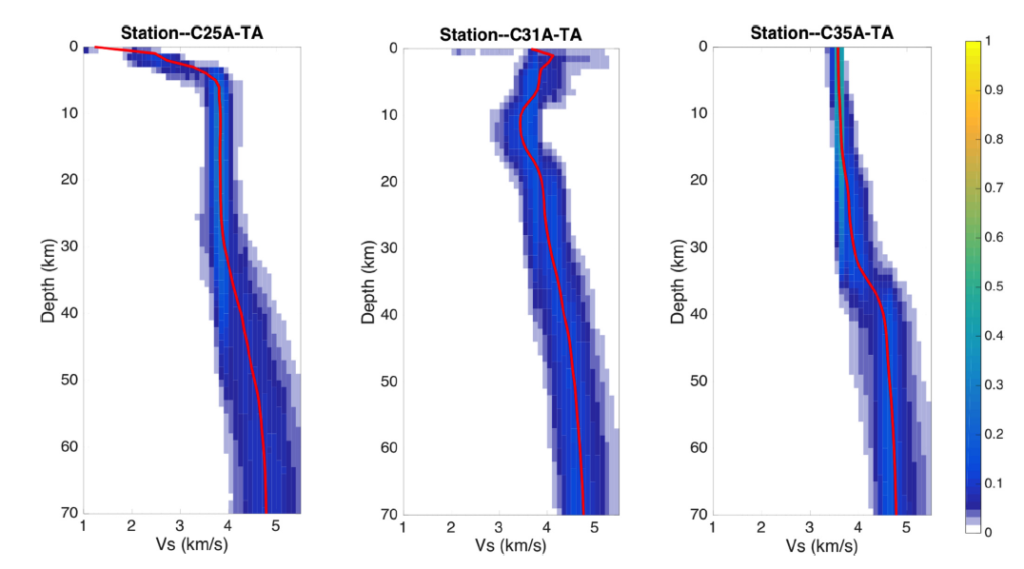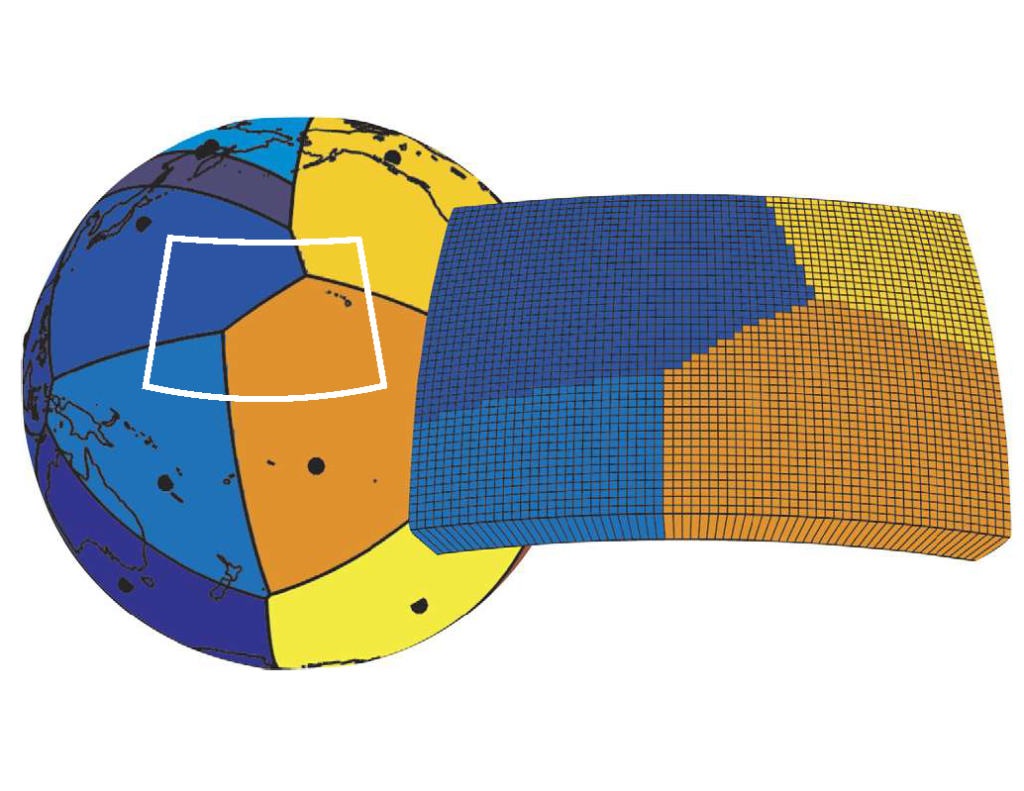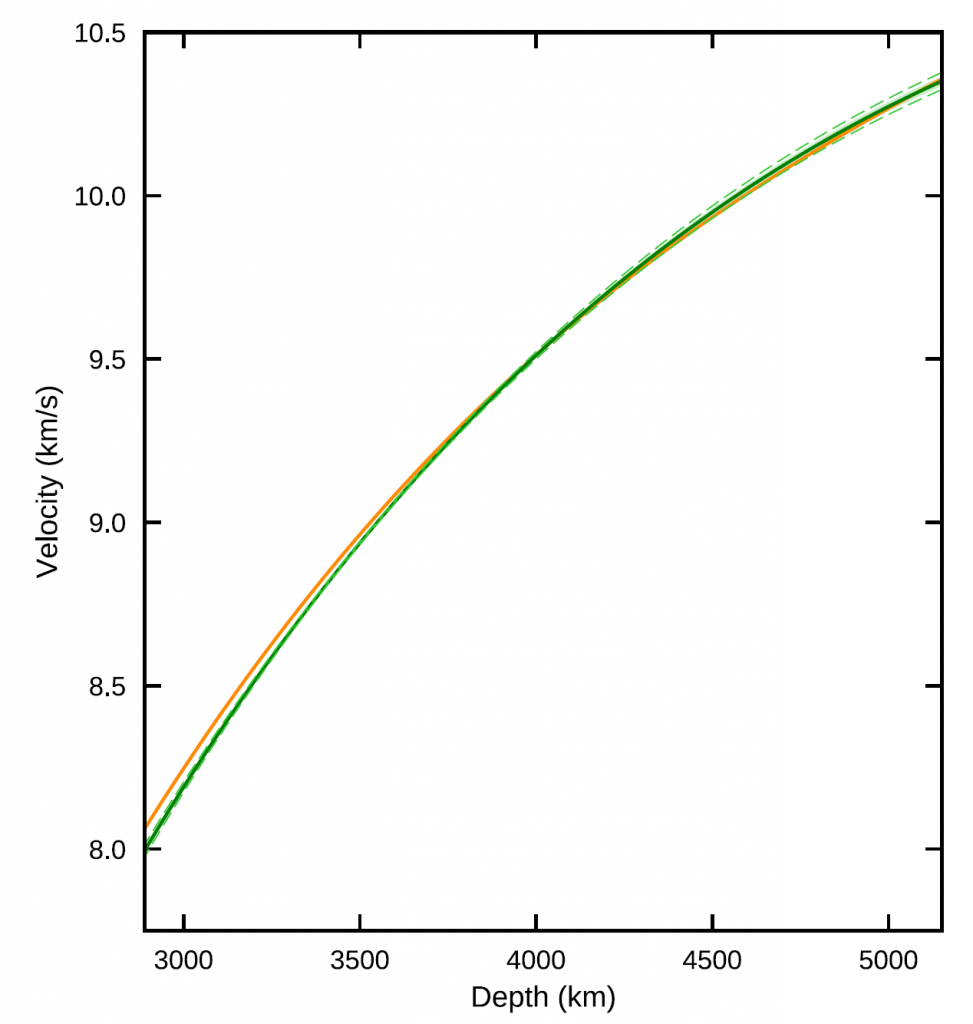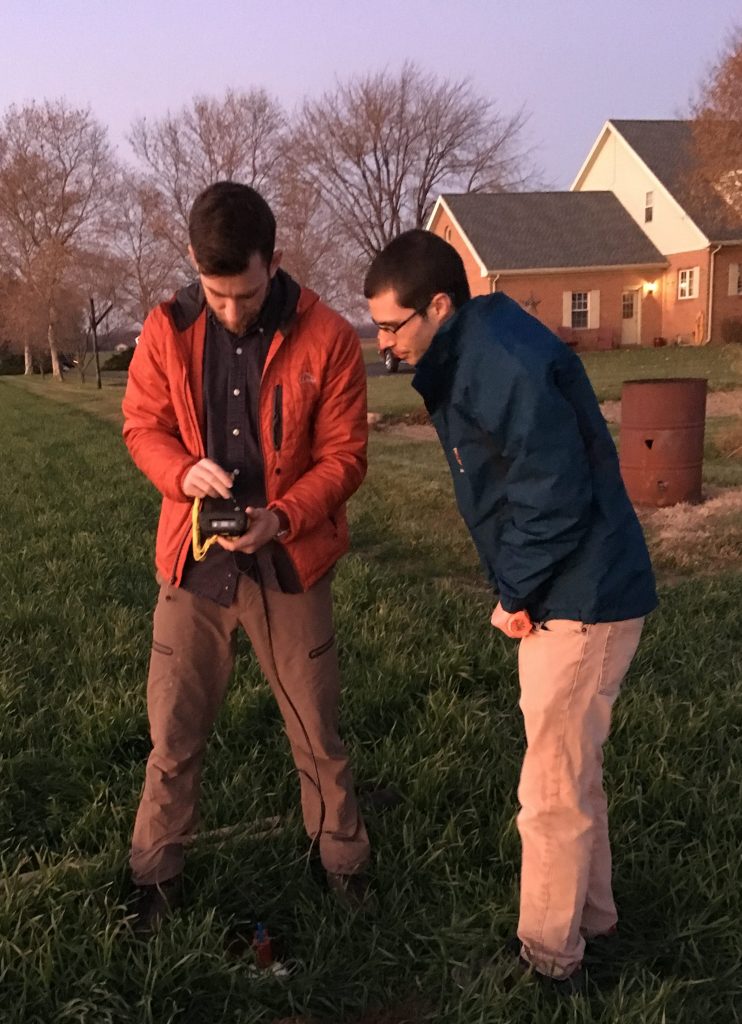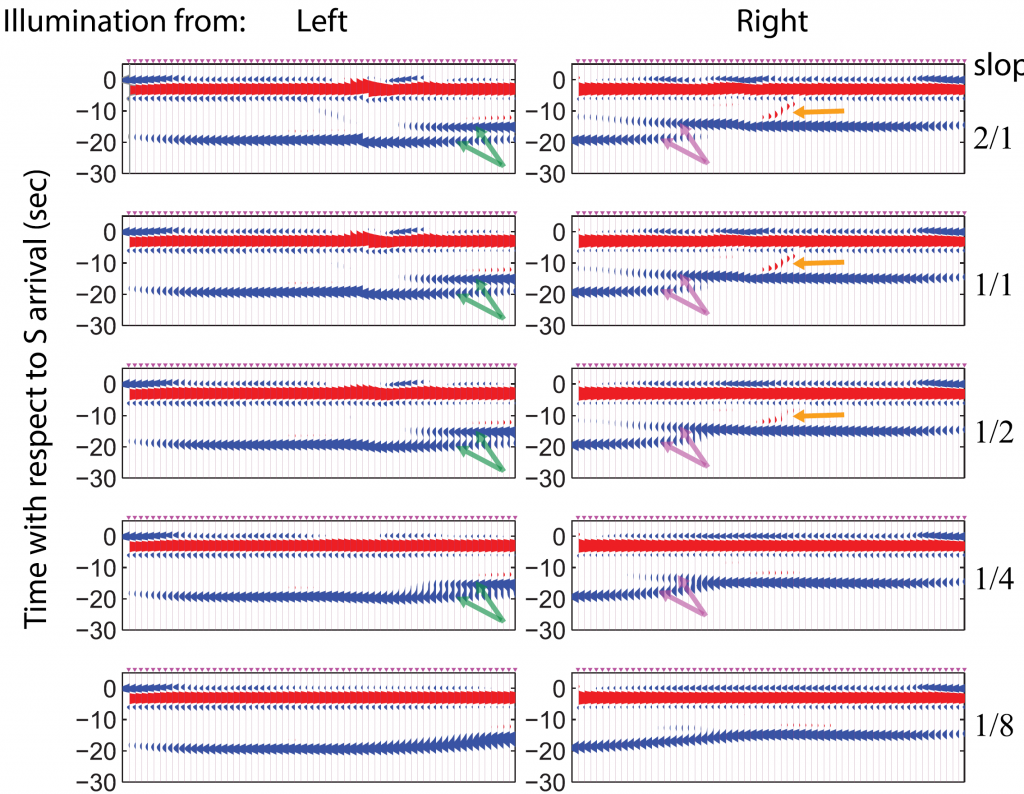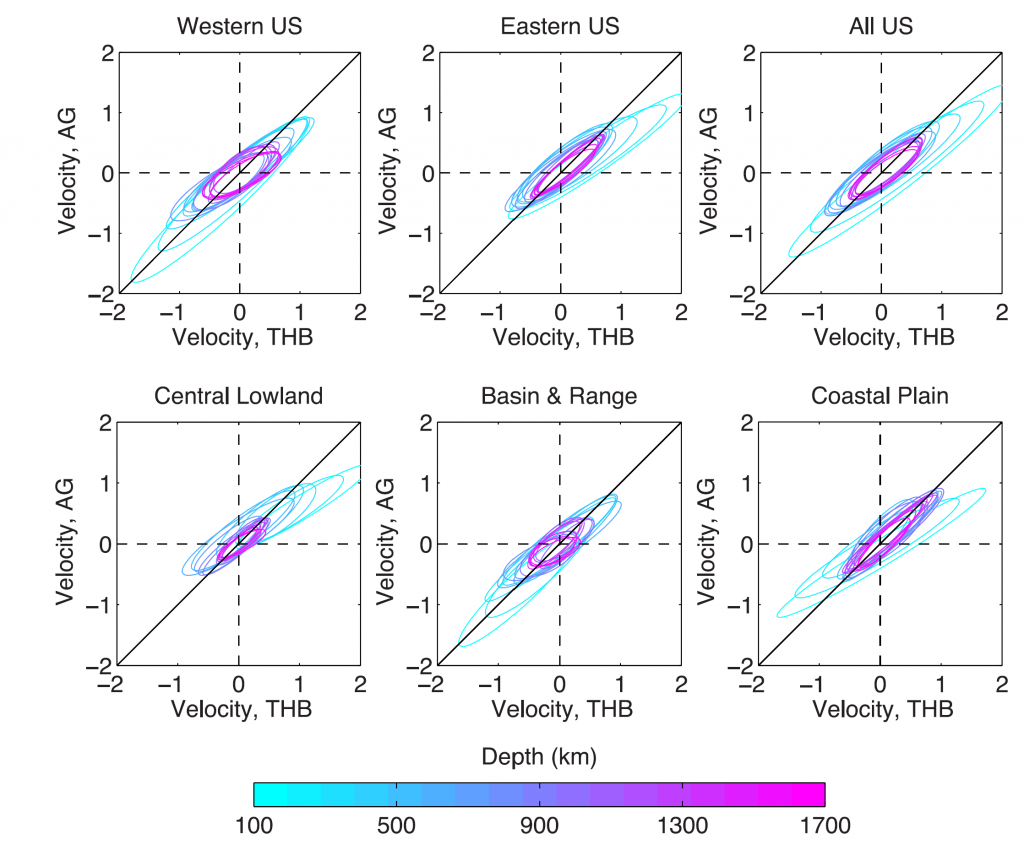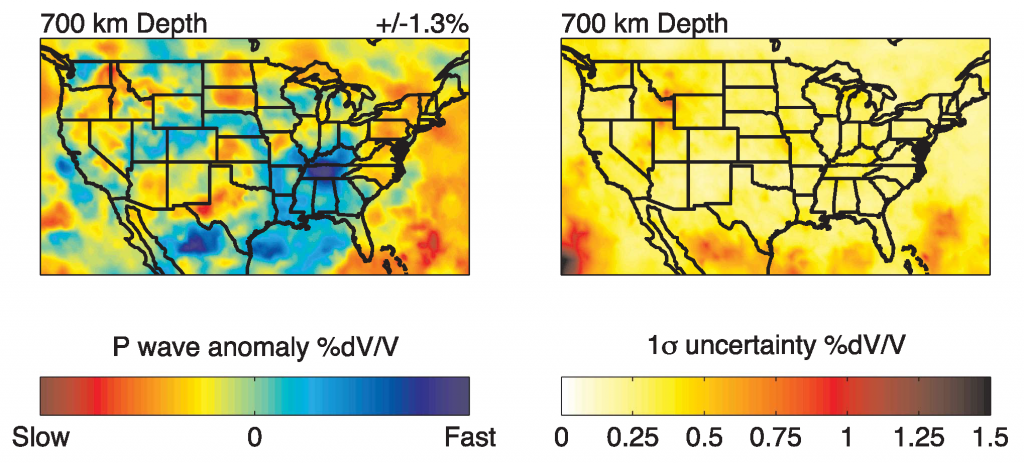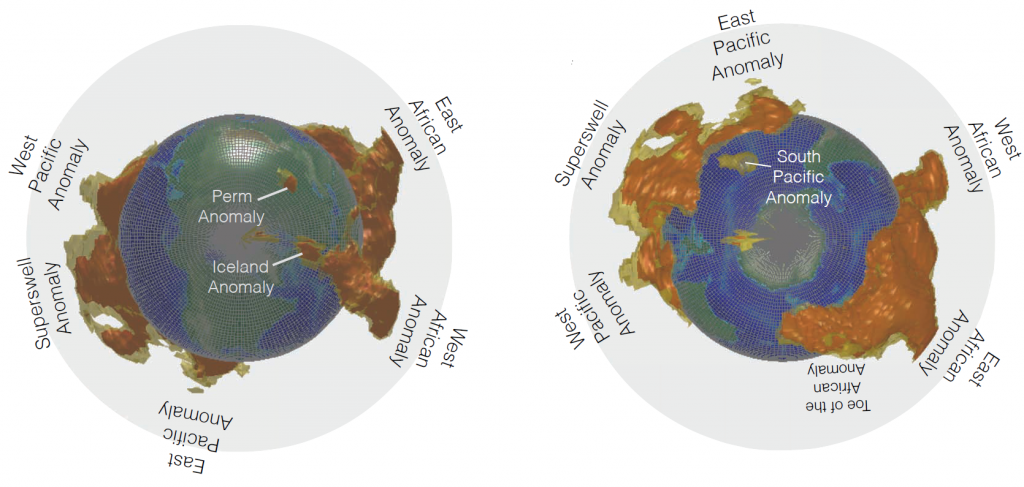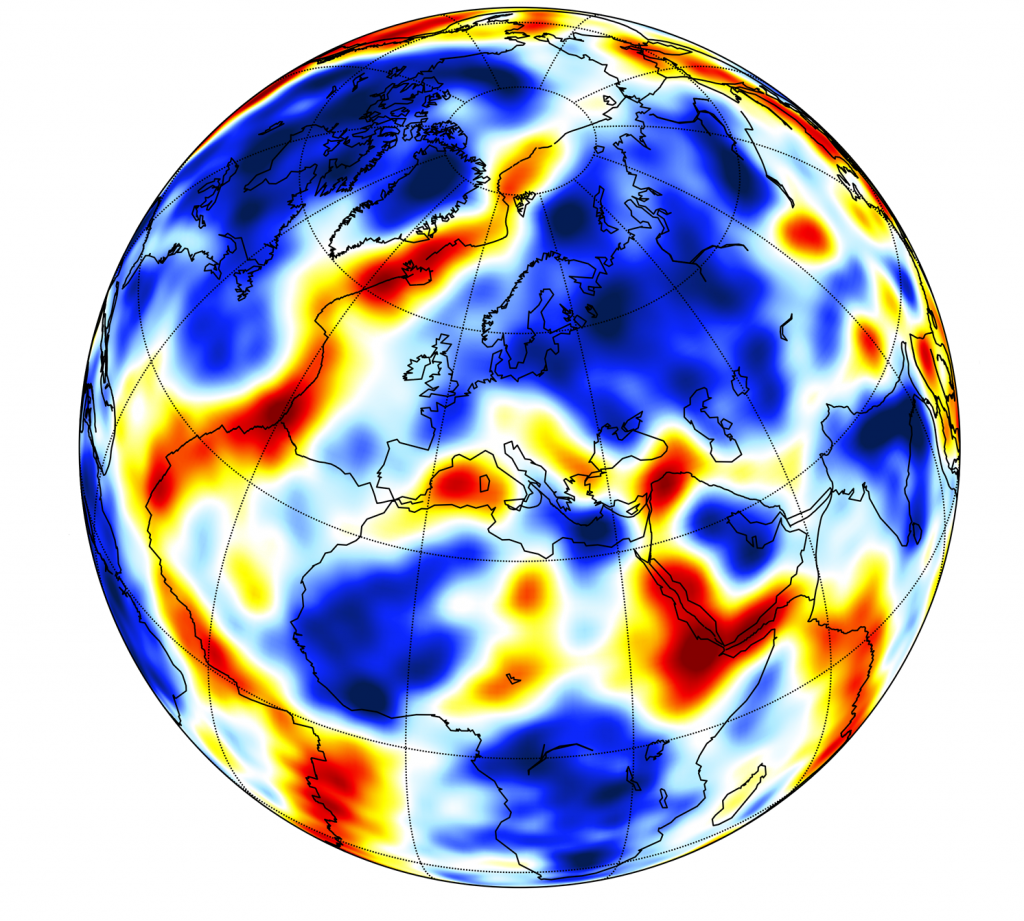Constraints on Martian Core from First Observations of SKS Waves
Mars has a liquid iron alloy core at its center. Using seismic data gathered by the InSight mission, we have made the first observations of seismic waves traveling through Mars’ core. We use the travel times of core-transiting seismic waves, relative to ones which remain in the mantle, to constrain properties of the core and […]
Constraints on Martian Core from First Observations of SKS Waves Read More »

